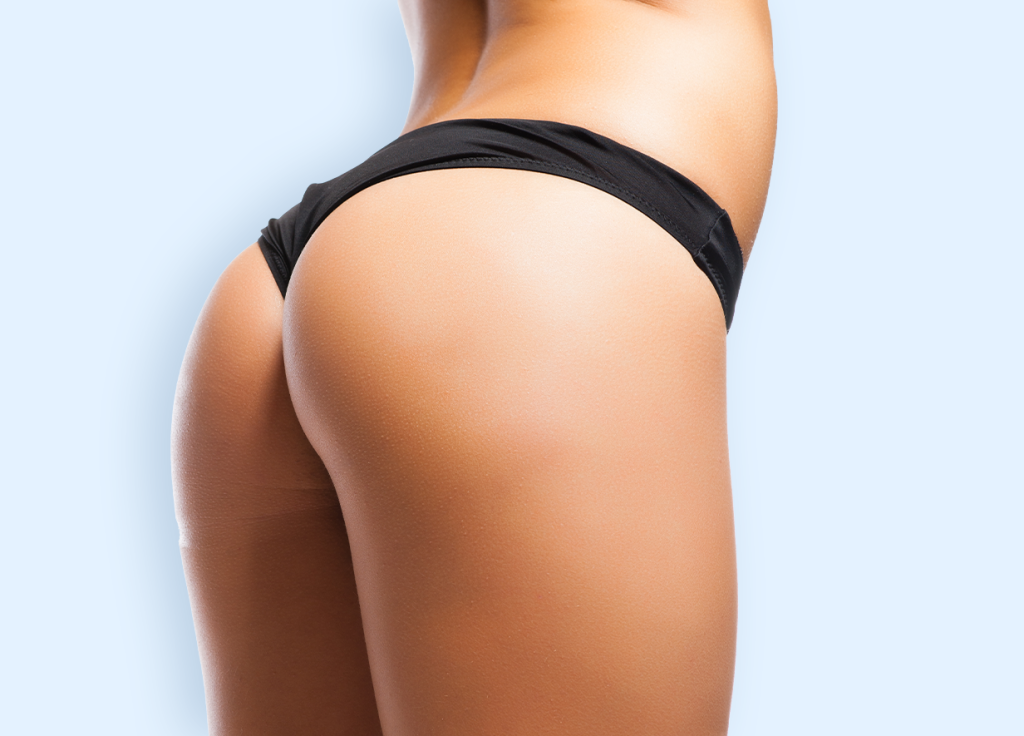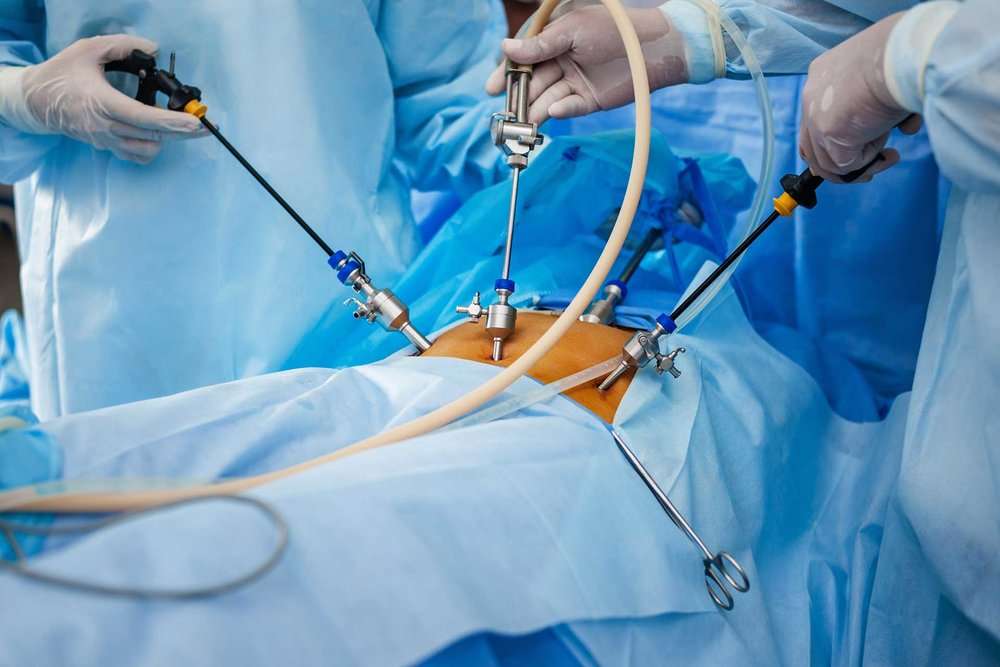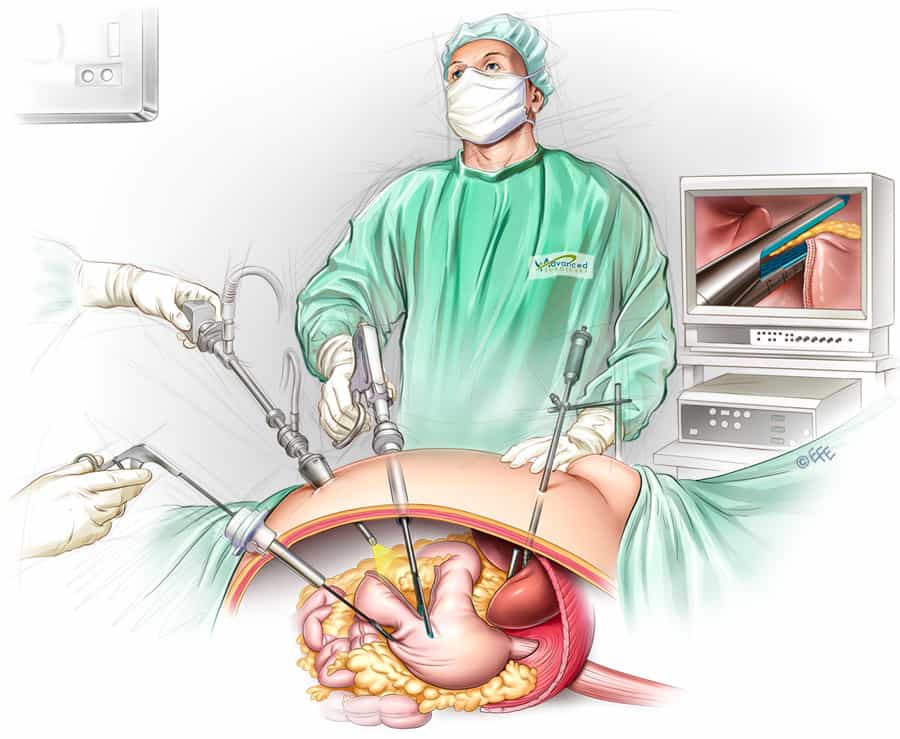Key Takeaways
-
Non-Surgical Option: Sculptra Butt Lift is a non-surgical procedure that uses injectable fillers to enhance the shape and volume of the buttocks, offering an invasive alternative to plastic surgery and implants while addressing cellulite.
-
Procedure Simplicity: The treatment involves several simple steps, including marking the area, injecting the filler, and massaging the treated zones, similar to other procedures like sculptra butt lift injections in plastic surgery.
-
Long-Lasting Results: Results from cosmetic procedures like Sculptra butt lift injections can last up to two years, with gradual improvements seen over a few months as collagen production increases.
-
Ideal Candidates: Suitable for individuals who are looking for subtle enhancements, have realistic expectations about the outcomes, and are considering procedures like sculptra butt lift injections.
-
Minimal Downtime: Offers unique benefits such as minimal downtime and a lower risk profile compared to surgical options like implants, enhancing lifestyle and individual patient results.
-
Post-Treatment Care: Requires specific post-treatment care, including avoiding strenuous activities and following your provider’s instructions for optimal recovery.
Understanding Sculptra Butt Lift
Non-surgical procedure
A Sculptra butt lift is a non-surgical method to enhance the shape of the buttocks. It uses dermal filler injections to add volume and contour. This procedure does not involve incisions or anesthesia. Patients can resume normal activities quickly after treatment.
Collagen production
Sculptra works by stimulating collagen production in the body. Collagen is a protein that provides structure and elasticity to the skin. Over time, the injections help create a fuller and more natural-looking appearance. The results develop gradually over several months.
Safety aspects
Compared to surgical alternatives, Sculptra butt lift offers significant safety benefits. Traditional surgeries like Brazilian butt lifts carry risks such as infections and long recovery times. With Sculptra, there are fewer side effects, and complications are rare.
Efficacy details
The efficacy of Sculptra butt lift lies in its ability to produce lasting results through collagen stimulation. Unlike temporary fillers, Sculptra enhances the body’s natural processes. Patients often see improvements for up to two years after treatment.
Procedure steps
-
Consultation with a qualified provider.
-
Marking the injection sites on the buttocks area.
-
Administering multiple injections of Sculptra into targeted areas.
-
Massaging the area to distribute the product evenly.
Each session takes about 30-60 minutes.
Real-life experiences
Many patients report positive outcomes with Sculptra butt lift injections. They appreciate the gradual improvement without drastic changes overnight. For example, Sarah from New York shared her experience of feeling more confident in her clothes after three sessions.

Procedure Steps Explained
Initial Consultation
The first step is the initial consultation. Patients meet with a provider to discuss their goals. The provider assesses the patient’s buttocks and skin condition. They review medical history to ensure suitability for the procedure. Clear communication about expectations is crucial.
Patients should feel comfortable asking questions. Providers explain the Sculptra butt lift process in detail. They also outline potential risks and benefits.
Assessment and Goal Setting
During this phase, providers measure and photograph the treatment area. This helps track progress over time. Personalized treatment plans are created based on individual needs.
Providers discuss the number of sessions required. They also estimate how much poly-L-lactic acid will be used in each session.
Injection Process
The injection process involves using poly-L-lactic acid (PLLA). PLLA stimulates collagen production in the body. Collagen helps improve skin texture and volume.
The provider marks specific areas for injection. A fine needle injects small amounts of PLLA into these areas. This process typically takes about 30-45 minutes per session.
Patients may feel slight discomfort during injections. Providers often use numbing cream to minimize pain.
Multiple Sessions Needed
Achieving desired results requires multiple sessions. Most patients need 2-4 treatments spaced several weeks apart.
Each session builds upon previous ones, enhancing collagen growth gradually. Visible improvements appear slowly as collagen forms over months.
Typical Interval Between Treatments
Treatments are usually scheduled every 4-6 weeks. This interval allows time for collagen production between sessions.
Providers monitor progress at follow-up appointments. Adjustments are made if necessary to optimize results.
Duration and Results
Visible Results
Patients often wonder about the time frame for visible results. Sculptra butt lift delivers gradual improvement. Initial changes may be seen within a few weeks. However, optimal results usually appear after several months.
Each session stimulates collagen production. This process takes time. Patience is key to observing full effects.
Longevity of Results
The longevity of Sculptra butt lift results is notable. Most patients enjoy the benefits for up to two years. After this period, additional treatments might be necessary to maintain desired volume.
Collagen stimulation provides lasting effects. Unlike temporary fillers, Sculptra offers a more enduring solution.
Factors Influencing Effectiveness
Several factors influence the effectiveness of Sculptra butt lifts:
-
The skill of the provider plays a crucial role.
-
Individual patient characteristics also matter.
-
Lifestyle choices can impact long-term outcomes.
Choosing an experienced provider ensures better results. Each patient’s body responds differently, affecting how long the benefits last.
Number of Sessions
Achieving desired results often requires multiple sessions. Typically, patients need three to four sessions spaced several weeks apart. Each session builds on the previous one, enhancing volume gradually.
Sessions involve injecting vials into targeted areas. The number of vials depends on individual needs and goals.
Side Effects and Downtime
Understanding potential side effects and downtime is essential. Common side effects include:
-
Swelling
-
Bruising
-
Redness at injection sites
These effects are usually mild and temporary. Most patients resume normal activities shortly after treatment.
Suitability Criteria
Overall Health
Candidates must have good overall health. This means no serious medical conditions. Chronic diseases like diabetes and heart disease can affect recovery. A healthy lifestyle is also important. Regular exercise and a balanced diet help maintain results.
Skin Condition
Healthy skin is crucial for a Sculptra butt lift. The procedure works best on elastic skin. Skin should not be too loose or damaged. Scars or severe stretch marks may impact results. Consult a licensed provider to evaluate your skin condition.
Realistic Expectations
Having realistic expectations is vital. Sculptra enhances natural curves but does not create dramatic changes. Understand what the procedure can achieve. Discuss goals with a provider during an appointment. This ensures satisfaction with the outcome.
Age Factor
Age plays a role in suitability. Younger candidates often have better skin elasticity. However, age alone does not determine eligibility. Many older individuals are suitable if they meet other criteria.
Body Weight
Maintaining a stable body weight is important. Significant weight fluctuations can affect results. Candidates should be close to their ideal weight before undergoing the procedure.
Consultation Importance
Consultations with licensed providers are essential. They assess eligibility and discuss expectations. Providers review medical history and examine the skin condition during these appointments.
Key factors discussed include:
-
Overall health
-
Skin condition
-
Realistic expectations
-
Age factor
-
Body weight
Unique Benefits
Minimal Downtime
Sculptra butt lifts offer minimal downtime. Unlike surgical options, this procedure is non-invasive. People can return to normal activities quickly. This makes it an excellent option for those with busy schedules. The injections take less than an hour in the office.
Natural-Looking Results
The Sculptra butt lift enhances the body’s natural look. It leverages the body’s own collagen production. Over time, new collagen grows in the treated area. This results in a gradual improvement in texture and volume. The enhancements look natural and subtle.
Safety Profile
Sculptra has a strong safety profile. It carries a lower risk of complications compared to surgery. The injectable is FDA-approved and well-studied. Fewer side effects occur with Sculptra than with surgical methods.
Collagen Growth
Sculptra promotes new collagen growth over several months. This leads to longer-lasting results compared to other injectables. The skin becomes firmer as collagen increases.
Customizable Options
Providers can tailor Sculptra treatments to individual needs. They discuss goals and customize the number of sessions required. Each person’s experience is unique, ensuring personalized care.
Office-Based Procedure
Sculptra butt lifts are performed in a medical office setting. There is no need for hospital stays or extensive recovery periods. This convenience adds to its appeal as an option.
Treatment Expectations
Number of Sessions
Patients usually need multiple sessions for a Sculptra butt lift. It is not a one-time treatment. Most people require three to four sessions. These are spaced six weeks apart. This allows the body to gradually produce collagen.
Results are not immediate. The full effect can take several months. Collagen production is a slow process. Therefore, patience is essential.
Personalized Treatment Plans
Each treatment plan is unique. Doctors tailor plans to meet individual aesthetic goals and body types. During the first consultation, doctors assess your needs.
They consider factors like:
-
Current body shape
-
Desired outcome
-
Skin elasticity
Personalized plans ensure that each patient achieves their specific goals. This approach maximizes satisfaction and effectiveness.
Sensation During Procedure
e discomfort may occur during the procedure. Patients often feel a mild stinging sensation when the injections are administered. This is due to the needle and the injection of the solution.
Doctors use numbing cream or local anesthesia to minimize pain. Most patients find it tolerable.
Post-Treatment Appearance
Right after the treatment, expect some swelling and redness at the injection sites. These side effects are temporary and usually subside within a few days.
Bruising can also occur but typically fades within a week or two. Post-treatment care includes avoiding strenuous activities for 24 hours and keeping the area clean.
Post-Treatment Care
Immediate Care
After a Sculptra butt lift, certain practices help ensure optimal results. Avoid strenuous exercise for at least two weeks. This prevents unnecessary strain on the treated area. Alcohol should also be avoided during this period as it can increase swelling.
Keep the injection site clean and dry. Use mild soap and water to wash the area gently. Avoid any harsh scrubbing or exfoliating products.
Managing Side Effects
It’s common to experience temporary side effects like bruising or swelling. These usually subside within a week. To minimize these effects, apply a cold compress to the affected areas for short periods.
Gentle massage of the treated area several times a day can help distribute the product evenly. This practice also aids in reducing lumps and bumps that may form under the skin.
Staying hydrated is crucial. Drinking plenty of water helps flush out toxins and supports overall healing.
Long-Term Care
Long-term care includes regular follow-ups with your healthcare provider. They monitor your progress and address any concerns you may have.
Avoid sitting directly on your buttocks for prolonged periods during the first few weeks post-procedure. Use a cushion or pillow to reduce pressure on the treated area.
Risks and Recovery
Common Side Effects
Most people experience some common side effects after a Sculptra butt lift. These include asymmetry, bruising, and minor discomfort. Bruising usually appears around the injection sites. It tends to fade within a week or two. Asymmetry might occur if the filler settles unevenly. This can be corrected with follow-up treatments.
Minor discomfort is normal and should subside within a few days. Pain relief medications can help manage this discomfort. Swelling may also occur but typically reduces within one to two weeks.
Possible Complications
While rare, serious complications can happen. Infection is one of these possible complications. Signs of infection include severe pain, redness, and fever. If any of these symptoms appear, contact your doctor immediately.
Another risk is granulomas, which are small lumps under the skin caused by an inflammatory reaction to the filler. These lumps might need medical treatment if they do not go away on their own.
In very rare cases, there might be loss of sensation in the treated area. This condition should be reported to your healthcare provider right away.
Recovery Process
The recovery process for a Sculptra butt lift is generally quick and straightforward. Most patients return to their daily activities within a day or two after the procedure.
For the first 24 hours, avoid strenuous activities and heavy lifting. Light exercise like walking can help reduce swelling and improve circulation.
Patients are often advised to massage the treated area several times a day for about five minutes each time for up to five days post-treatment. This helps ensure even distribution of the filler.
Return to Work
Many people can return to work shortly after their procedure. Office jobs or other non-physical work can usually be resumed within one or two days.
If your job involves physical labor, you might need more time off to recover fully. Consult with your healthcare provider for personalized advice based on your lifestyle and job requirements.
Long-Term Care
Maintaining results from a Sculptra butt lift involves taking care of your body overall. Follow any specific guidelines provided by your healthcare professional regarding diet and activity levels.
Regular check-ups may be necessary to monitor progress and address any concerns that arise during recovery.
Final Remarks
You’ve now got the lowdown on Sculptra Butt Lift, from the procedure to the perks. It’s clear that this treatment can offer impressive results with minimal downtime. If you’re looking for a non-surgical way to enhance your curves, Sculptra might be the way to go.
Ready to take the next step? Consult with a certified specialist to see if Sculptra is right for you. Your dream figure could be just an appointment away. Don’t wait—make your aesthetic goals a reality today!
Frequently Asked Questions
What is a Sculptra Butt Lift?
A Sculptra Butt Lift is a non-surgical procedure that uses injectable poly-L-lactic acid to enhance the buttocks’ volume and shape.
How long does the procedure take?
The procedure typically takes about 30 to 60 minutes, depending on the treatment area size.
When can I expect to see results?
Results usually appear gradually over 4 to 6 months as collagen production increases.
Who is a good candidate for a Sculptra Butt Lift?
Ideal candidates are healthy individuals looking for subtle, natural-looking enhancement without surgery.
What are the unique benefits of this treatment?
It offers a non-invasive solution with minimal downtime, gradual and natural-looking results, and stimulates your body’s collagen production.
What should I expect during recovery?
Expect mild swelling or bruising. Most patients resume normal activities within a day or two.
Are there any risks involved?
Common risks include temporary redness, swelling, or bruising. Serious complications are rare but can include infection or allergic reactions.





















